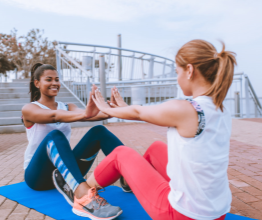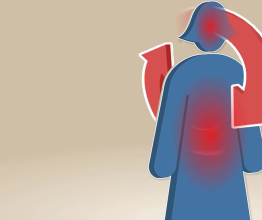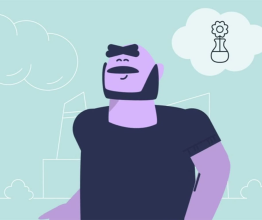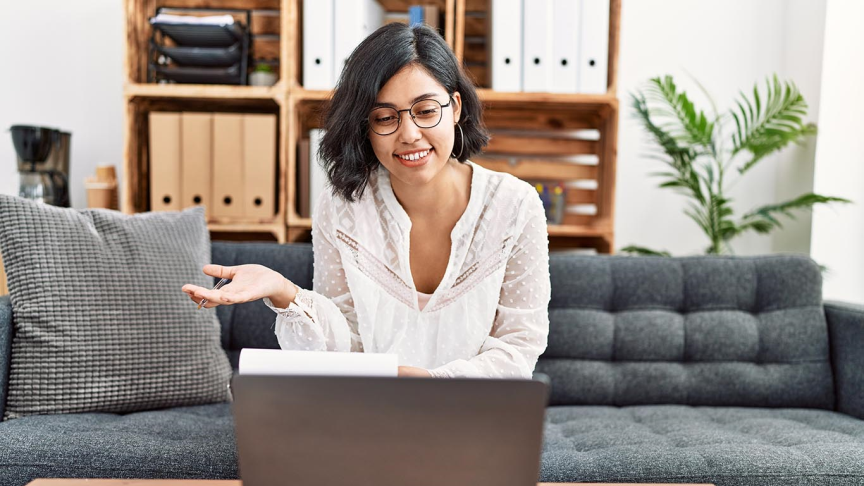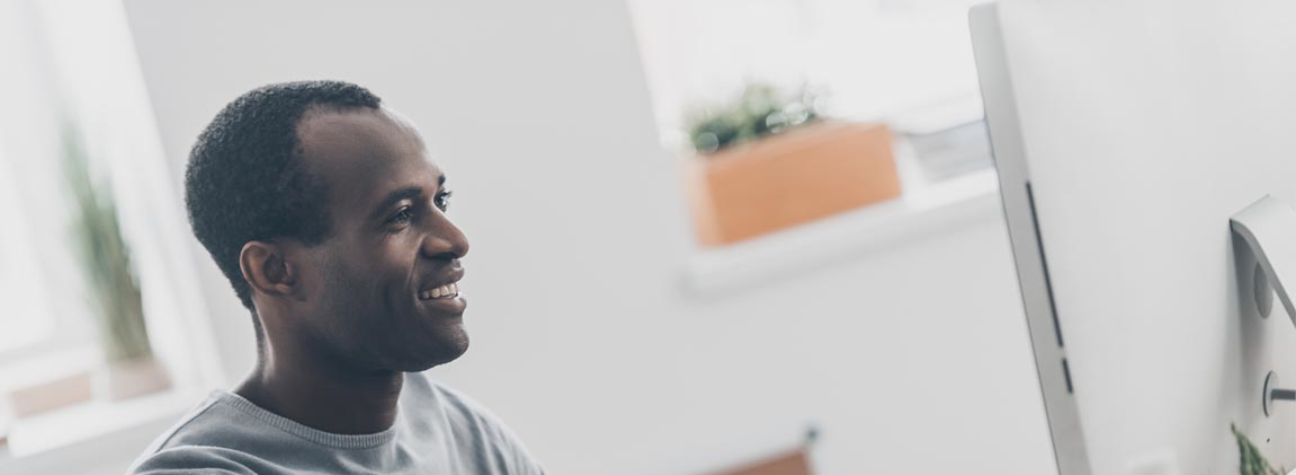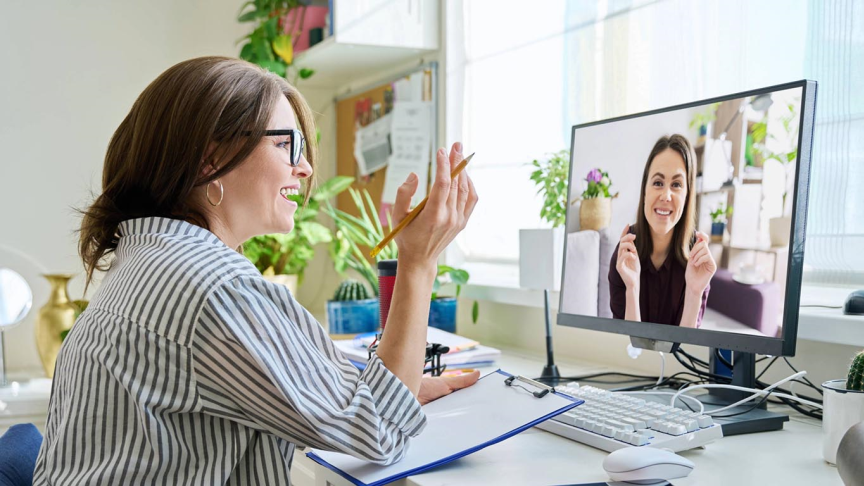Mental Health Fitness: Grounding technique
Duration: 5 - 6 min

If you're stuck in a loop of constant worry and fear, listen to this short exercise to help you be present in the moment.
Show Transcript
Press pause
Title: Mental Health Fitness: Grounding technique
Presenter: Alex Camire, CSW & Trauma Coach
Hi folks. I’m Alex, a licensed social worker, and trauma coach.
You know, after a period of acute, or prolonged stress – which many might consider traumatic – it is normal, perfectly normal to experience flashbacks of our traumas or the stressors we’ve endured. It is common to experience depression as a result of thoughts about the past; or even anxiety due to racing thoughts about the future.
And sometimes we can even get stuck in a loop of constant worry and fear which prevent us from being present in the moment. We can sometimes get stuck in our past or spend too much time worrying about the future that we miss what’s going on around us in present moments.
Today, I’m going to take you through a grounding technique. Grounding techniques are practices or activities that we can do for ourselves which help control symptoms like worry and bring one’s focus back to present moments.
So the grounding technique I’m going to talk to you about today is simply known as the 5,4,3,2,1 technique – and it’s very simple: If you catch yourself thinking too much about the past or future, you can bring yourself back to the present moment by engaging your senses.
Specifically, you want to look for 5 things you can see:
4 things that you can touch or feel
3 things you can hear
2 things you can smell
And 1 thing that you can taste.
If I were doing this exercise, It might be because I’m noticing myself struggling to concentrate – maybe I’m worried about several upcoming deadlines, and the worry is leading me to procrastinate. I might try this exercise to reset my focus a little and increase my awareness to the tasks that are present in front of me.
First I’d identify 5 things I can see – I might look around my office for small objects or details. Or I might notice the way the light is coming through my window. I keep a diffuser on my desk, so I might focus on the vapor coming from the diffuser.
Once it feels like you’ve started to really engage with you sense of sight move onto things you can touch or feel. This can be noticing the sensation of the clothing on your body, if there is any sun touching your skin, the feeling of the chair you may be sitting in. If you’ve got objects on your desk or near to you, you could pick these things up to notice the weight of them, or the texture, or any other physical aspects.
Next, we engage our hearing – pay attention to the sounds your mind may have tuned out. It could be white noise, or the subtle ticking of a clock, the wind outside, or maybe a car passing by your home.
Second to last is our sense of smell, and here’s where you can double down on some things. For example, the diffuser I mentioned earlier. These are things I can reflect on in multiple ways, and just as I might notice their appearance, I can also notice their aroma.
Lastly is our sense of taste, and this too can be duplicated such as a warm cup of coffee – that is something that you can hold, and feel the warmth of it, you can smell the aroma of it, but you can also sip and taste it.
Some other good ideas are simply keeping some chewing gum on you, or a mint or candy. Now I know this was simple – it’s meant to be. But it also is powerful. And with practice you may not even need to do the full list. You might just engage with sight and touch and find that was enough to get your mind refocused. Or if you’re just starting out, you might need to do the exercise a couple times. Or you may need to do this exercise in a different location or while going for a walk.
It’s easy to sometimes get lost in our thoughts and struggle to focus on our present moments. But if or when you find yourself lost in thought, just remember you can always ground yourself by engaging your senses to bring yourself back to the present. It’s as easy as counting 5,4,3,2,1.






